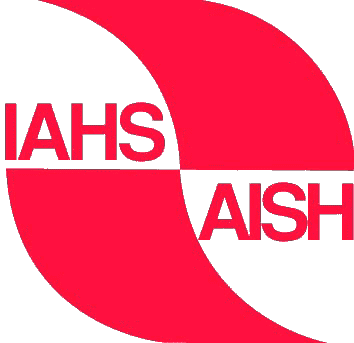 |
IAHS 90th ANNIVERSARY |
 |
|
SCIENTIFIC DECADE 2013-2022 |
Role and agenda of data-driven modelling
Elena Toth
Department DICAM, University of Bologna, Italy, email: [email protected]
 |
IAHS 90th ANNIVERSARY |
 |
|
SCIENTIFIC DECADE 2013-2022 |